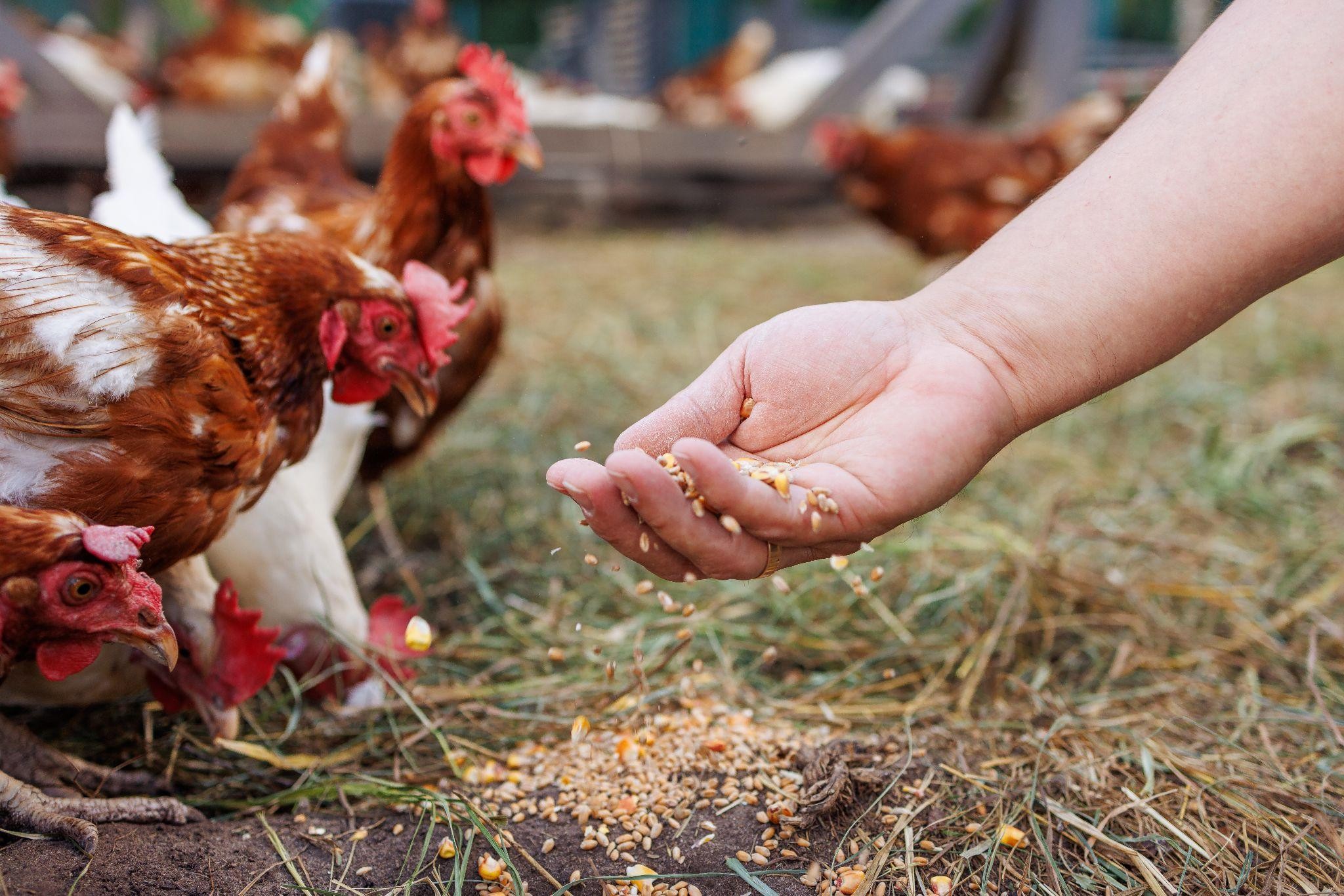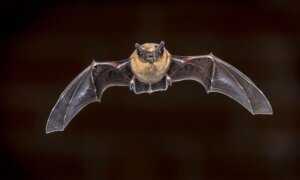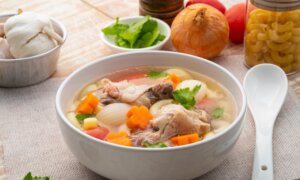The Scale of the Outbreak
More than 160 million poultry have either died from avian influenza or been culled to control the spread of the infection, according to the U.S. Centers for Disease Control and Prevention. At the same time, instances of cross-species transmission have continued to increase. To date, 70 confirmed human cases of avian influenza infection have been confirmed, most of which are linked to transmission from dairy cattle.
Mutation Risks of the Avian Influenza Virus
The highly pathogenic H5N1 avian influenza virus, specifically the Clade 2.3.4.4b lineage, is currently the predominant strain circulating in the United States. Due to the virus’s frequent mutations, its classification has become increasingly complex, Lin noted.
The H5N1 virus has acquired mutations at several critical sites, which may enhance its adaptability and ability to infect other species, Lin noted.
Key mutations identified include:
- PB2 protein: The E627K amino acid substitution has been identified, enabling the virus to replicate more efficiently in mammalian hosts, including humans, pets, and livestock.
- Hemagglutinin (HA) protein: Mutations in this protein have increased the virus’s binding affinity to host cell receptors, potentially broadening its host range.
- Neuraminidase (NA): Frequent reassortment events—processes where viruses exchange genetic material— involving the neuraminidase (NA) gene have been observed, which may lead to the emergence of novel recombinant viruses.
These key mutations could facilitate a “host jump,” allowing the virus to cross species barriers—shifting from infecting birds to mammals, including humans—and successfully establish infection. This makes disease surveillance and containment more challenging.
Vaccine Effectiveness and Concerns
Last month, the U.S. Department of Agriculture announced a $1 billion initiative to combat avian influenza and address rising egg prices. The funding will be distributed as follows:
- $500 million to strengthen biosecurity measures at poultry farms, such as preventing wild birds from transmitting the virus to commercial flocks.
- $400 million to support poultry farmers, helping those affected by culling to restore their operations.
- $100 million for vaccine research and the development of treatment options.
Additionally, the USDA will explore strategies such as increasing egg imports and reducing exports.
Precautionary Measures Against Avian Influenza
Lin advises the U.S. to boost bird flu monitoring and testing, expedite test approvals, and collaborate internationally to track viral changes and predict outbreaks.
Monitor the health of poultry
Households with backyard chickens should watch for signs of illness—such as sudden, unexplained deaths of multiple birds—and report any concerns to local health authorities immediately.
Avoid contact with dead birds
If you find dead birds, including ducks, along shorelines or in other areas, do not touch or move them. Instead, notify local health authorities for proper handling and disposal.
Avoid consuming raw milk
For now, refrain from drinking raw (unpasteurized) milk, as dairy cows infected with avian influenza may produce milk containing the virus. A recent study from Stanford University found that the avian influenza virus in raw milk can remain infectious even after five days of refrigeration.
Maintain Good Hygiene
Although there are currently no confirmed cases of human-to-human transmission of avian influenza, it is important to remain vigilant. Practice good hygiene, by washing hands regularly, especially if you work with or handle animals.













